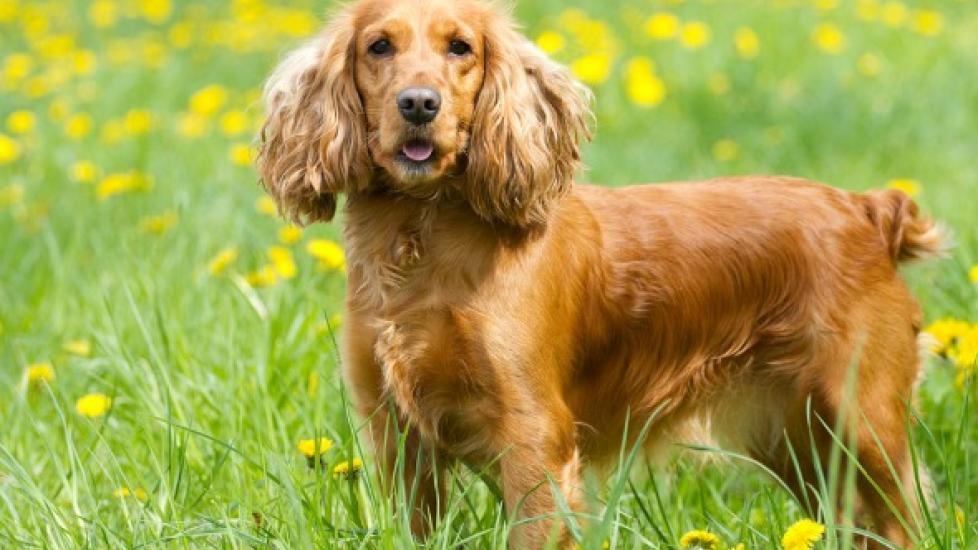Title: Unlocking the Gallbladder’s Gate for Your Canine Companion
Introduction:
In a world where dogs are often considered family members, it is crucial to understand and address their health concerns with diligence. One such condition that can be particularly challenging for pet owners to recognize and manage is gallbladder obstruction in dogs. This article aims to shed light on this complex issue, providing dog enthusiasts with comprehensive knowledge of its symptoms, causes, treatment options, and preventive measures. By understanding these intricacies, we can ensure our four-legged friends enjoy vibrant lives filled with wagging tails and joyful adventures.
Understanding the Anatomy and Function of the Dog’s Gallbladder:
The gallbladder plays an essential role in digestion by storing bile until it is needed to emulsify fats during the digestive process. Located beneath the liver, this pear-shaped organ contracts to release bile into the small intestine via the common bile duct. Any disruption or blockage within this delicate system can lead to severe consequences for your pup.
Symptoms of Gallbladder Obstruction:
Recognizing the signs of gallbladder obstruction is vital for early intervention. Common indications include lethargy, loss of appetite, abdominal pain, vomiting, diarrhea (which may contain blood), jaundice, and dark urine. These symptoms may initially seem nonspecific but should prompt further investigation from a veterinarian if they persist or worsen over time.
Causes of Gallbladder Obstruction:
Obstructions can occur due to various reasons, including inflammation, tumors, stones (cholelithiasis), infections, or abnormal growths within the biliary tract. Trauma, genetic predisposition, and certain dietary factors could also contribute to the development of gallstones and subsequent blockages. It is important to note that some breeds have a higher likelihood of developing gallbladder issues than others; therefore, regular check-ups and screenings are recommended for at-risk populations.
Diagnosis and Treatment Options:
A combination of physical examination findings, laboratory tests like blood work and urinalysis, imaging techniques such as ultrasound or CT scans, and possibly endoscopic procedures will aid in making an accurate diagnosis. Once identified, treatments range from conservative management through antibiotics and supportive care to surgical interventions depending on the severity of the case. Surgical removal of the obstructed area might be necessary in more advanced cases to restore normal function and alleviate discomfort.
Prevention Strategies:
To maintain optimal gallbladder health in dogs, there are several steps you can take:
1. Regular Check-Ups: Schedule routine veterinary visits to monitor your dog’s overall well-being and detect any potential problems before they escalate.
2. Dietary Considerations: Provide a balanced diet appropriate for your dog’s age, breed, weight, and activity level. High-fat diets can increase the risk of gallstone formation; thus, consulting with a veterinarian nutritionist might be beneficial.
3. Exercise Regularly: Encourage daily exercise to support proper metabolism and reduce obesity which is linked to gallbladder disorders.
4. Early Intervention: If you notice any concerning symptoms, do not hesitate to contact your vet immediately so they can begin the diagnostic process promptly.
5. Genetic Testing: Breeders can utilize genetic testing to identify dogs carrying genes associated with increased susceptibility to gallbladder diseases. This helps them make informed breeding decisions that promote healthier offspring.
Conclusion:
By being proactive about our pets’ health and arming ourselves with knowledge regarding conditions like gallbladder obstruction, we become better advocates for our furry companions. Through diligent observation, prompt action when necessary, and collaboration with skilled professionals in the field of veterinary medicine, we create environments where dogs thrive physically and emotionally—ensuring many years of unconditional love between humans and their best friends.
